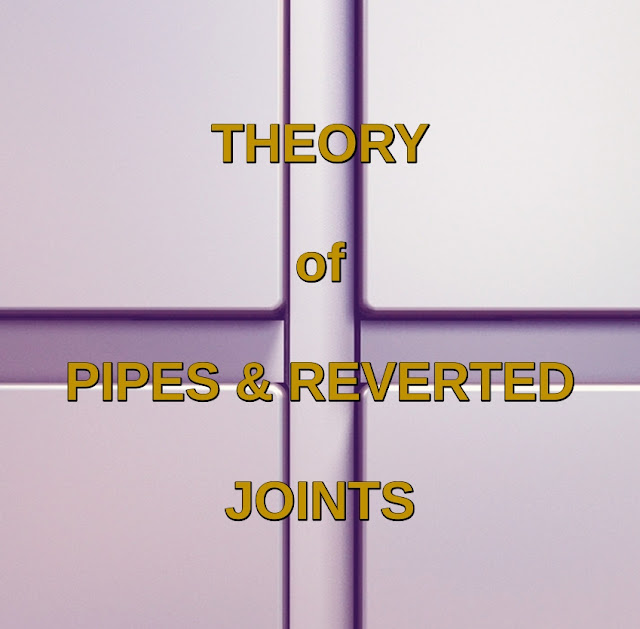THEORY OF PIPES JOINT AND RIVETED JOINTS :
PIPES AND PIPE JOINTS :
The pipes are used for transporting various fluids like water, steam, different typės of gases, oil and other chemicals with or without pressure, from one place to another.These are usually connccted to vessels from which they transport the fluid. Since the length of pipes available are limited, therefore various lengths of pipes have to be joined to suit any particular installation. The following pipe joints are mostly used in practice.
1. Socket or a coupler joint:- This joint is mostly used for pipes carrying water at low pres- sure and where the overall smallness of size is most essential.
2. Nipple joint:- This joint has the disadvantage of reducing the area of flow.
3. Union joint:- This joint provides the facility of disengaging the pipes by simply unscrewing a coupler nut.
4. Spigot and socket joint:- This joint is chiefly used for pipes which are buried in the carth.
5. Expansion joint:- This joint is mostly used for pipes carrying steam at high pressures.
6.Flanged joint:- It is one of the most widely used pipe joint.A flanged joint may be made flanges cast integral with pipes or loos flanges welded or screwed.
7.Hydralic pipe joint :- This type of joint has oval flanges and are fastened by two bolts. Such joints are used to carry fluid pressure varying from 5 to 14 N/mm^2
RIVETED JOINTS :
A river is a short cylindrical bar with a head integral to it. The rivets are used to make permanent fastening between the plates. The riveting may be done by hand or by a riveting machine. Though there are many types of rivet heads, yet the snap heads are usually employed for structural work and machine reveting. The following are the two types of riveted joints, depending upon the way in which the plates are connected.
1. Lap joint:- A lap joint is that in which one plate overlaps the other and the two plates are riveted together.
2.But joint:- A butt joint is that in which the main plates are kept in alignment butting (touching) each other and a cover plate (Strap) is placed either on one side or on both sides of the main plates. The cover plate is then riveted together with the main plates.
The butt joints may be single strap butt joint or double strap butt joint. Depending upon the number of rows of rivets, the butt joints may be single riveted or double riveted. It may also be triple riveted or quadruple riveted.
When the rivets in the various rows are opposite to each other, then the joint is said to be chain riveted. On the other hand, if the rivets in the adjacent rows are staggered in such a way that every rivet is in the middle of the two rivets of the opposite row, then the joint is said to be zig-zag riveted
In order to make the joint leak proof or fluid tight in pressure vessels like steam boilers, a process known as caulking is employed. A more satisfactory way of making the joints staunch is known as fullering, which has largely superseded caulking.
* Following are some important terms used in connection with riveted joints:
(a) Pitch:- It is the distance from the centre of one rivet to the centre of the next rivet measured parallel to the seam.
(b) Back pitch:- It is the perpendicular distance between the centre lines of the successive rows.
(c) Diagonal pitch:- It is the distance between the centres of the rivets in adjacent rows of zig - zag riveted joints.
(d) Margin or marginal pitch:- It is the distance between the centre of the rivet hole to the nearest edge of the plate.
Writer - Sk Najmul. ( munna )




0 comments:
Post a Comment
Please do not enter any spam link in the comment box.